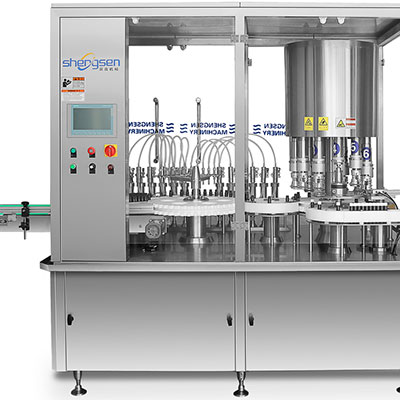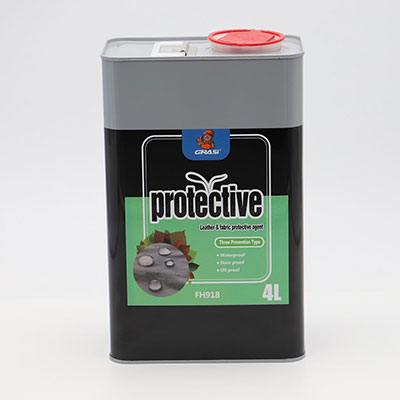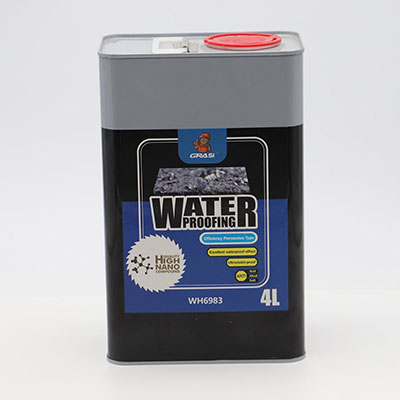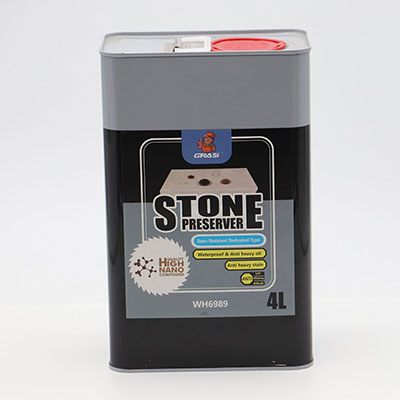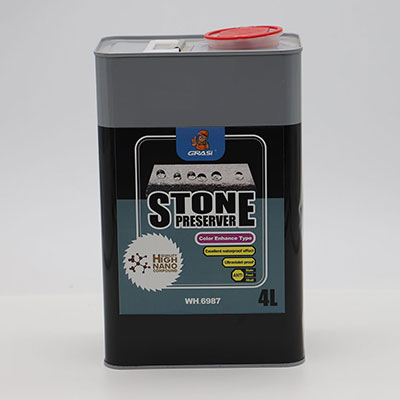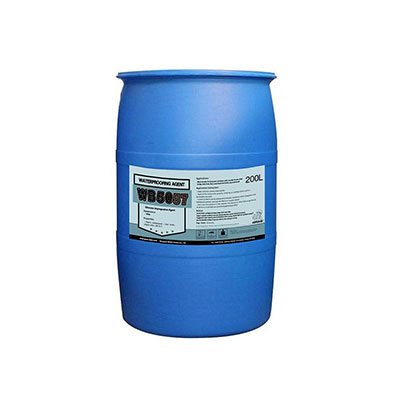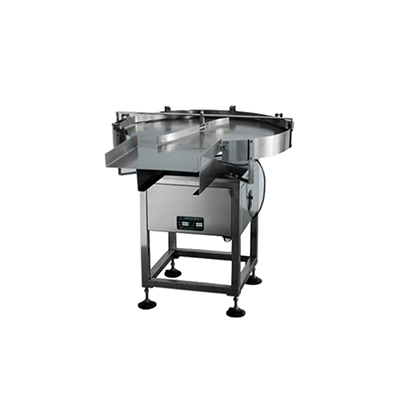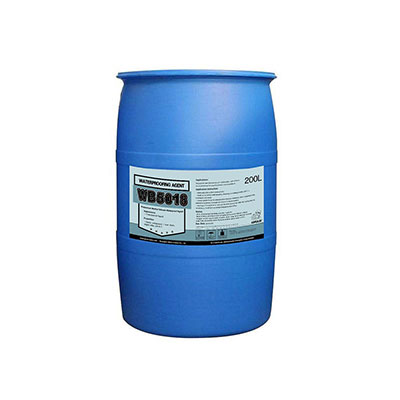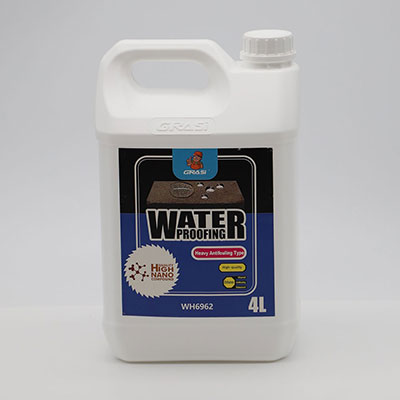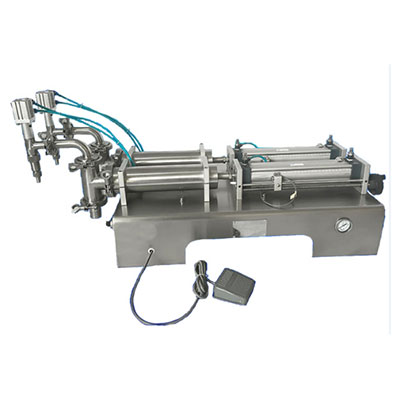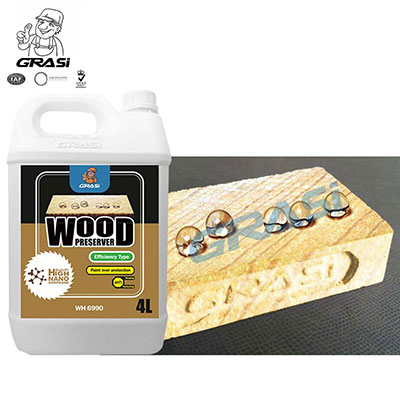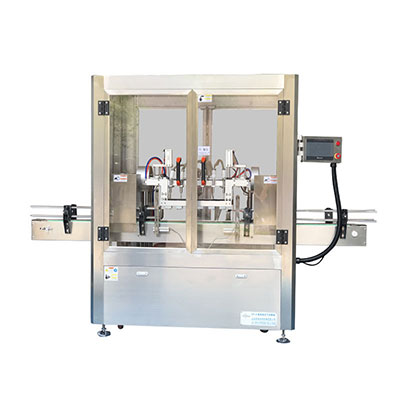Solar Vacuum Tube
Solar Vacuum Tube
The solar vacuum tube was co-developed by our company and Daimler-Benz Aerospace with the aid of UNDP in 1986. It is transformed to the present design owning to the joint research and development by Sino-German experts during last 10 years.
Our solar vacuum tube is an ideal solution for OEM manufacturers and is mainly applicable to forced circulation heating systems, especially for the water heating systems requiring high temperature water. In addition to the domestic hot water, it can also be used for industrial preheating, air-conditioning, high-temperature sterilization and solar thermal power station etc. This product can be used in any place, especially in alpine regions or places with changeable weather conditions.
Both the absorber and heat pipe are installed in a highly stable borosilicate glass pipe, which helps avoid the damage and heat loss happening in conventional solar collectors. Furthermore, the absorber is designed with aluminum nitride selective coating to guarantee high absorption and highest efficiencies even on cloudy days.
Working Principle
Heat pipe was initially developed for thermal control in satellites. In the solar water heating system, the heat pipe is installed in the absorber from which it transfers the heat and carries out the heat circulation.
Inside the heat pipe, the heat is efficiently conducted to the upper end of the pipe where it is released for the heat circulation. Furthermore, the heat pipe is a closed system which uses a small amount of liquor as the heat transfer medium. Furthermore, such heat pipe is carefully evacuated prior to sealing.
The heat transfer liquid of the heat circuit does not flow through the collector, which makes the installation simple and operation exceptionally trouble-free. If one of the solar vacuum tubes gets damaged or out of work, the whole solar water heating system is still able to work without any interruption.
Features
a. Owing to the effective hermeticity, the heat pipe has ultra high vacuum, so it is able to work at low ambient temperature with high efficiency. Furthermore, it has exceptional resistance against corrosive materials, vibrations and serious temperature fluctuations.
b. Because of small thermal capacity of working fluid, the whole solar water heating system is easy to be started and the packaged component can be reliably protected. With heat transmitted by the working fluid, the created energy is much greater than that by the thermal conduction.
c. The thermal diode effect ensures low heat losses.
d. The patented thermo-compression sealing technology effectively eliminates the corrosion of absorber and scaling of coating.
e. The solar vacuum tube also features outstanding resistance against operation pressure and thermal shock.
f. Anti-freezing, it is also reliable, durable and long-lasting.
g. It is also easy to install and maintain.
美工注意,此处放置图1 ,以下文字替换图片上的文字
SEIDO10 SEIDO 1 SEIDO 5 Getter
Vacuum Heat Pipe Absorber Glass tube Condenser
Introduction of Relevant Production Technologies
1. Heat Pipe Technology
Our Seido series heat pipe solar vacuum tube is available in SEIDO1, SEIDO5, SEIDO10 types. To a certain extent, the heat pipe can be perceived as a thermal conductor with low resistance. Our SEIDO heat pipe vacuum tube is a closed system which is composed of two meters of copper tubing, an evaporation section, a capillary wick structure, a condensation section and a small amount of vaporizable fluid.
a. Advantages
The advantage of this heat pipe technology can be included as fast start-up, one-way heat conduction as well as homogeneous heat distribution on the surface of the condenser. Furthermore, attributed to its thermal-physical property, its heat transmission rate is thousands of times greater than that of the best solid heat conductor in the same dimensions.
b. Evaporating-condensing Cycle
The heat pipe uses an evaporating-condensing cycle. Tightly bonded to the absorber plate, the evaporator section captures the heat from the absorber to evaporate the liquid to steam. Then the steam goes to the condenser section. The condenser protrudes out from the solar vacuum tube and then is inserted into the heat exchanger manifold where the steam will be condensed by water flowing through the manifold. Meanwhile , the hidden heat energy will be released to the process water. In this phase, the vapor is changed into liquid again.
In heat pipe evacuated tube, the condensation section is at a higher level than the evaporation section. The transport medium condenses again and flows back to the evaporation section with the assistance of the gravity. Such process operates continuously and the water is heated in the solar loop.
2. Selective Coating
The aluminum-nitride selective coating is adopted by the absorber for the highest heat transmission efficiency. It is applied by use of the magnetron sputtering technique. By this unique optical selective coating, over 94% of the incoming solar irradiation is converted into heat and less than 6% heat loss is decreased. Thus, such selective coating highly guarantees the high efficiency of the SEIDO vacuum tube.
3. Glass to Metal Sealing and Evacuated Technology
美工注意,此处放置图2
The heat pipes are compressed into the copper-aluminum complex absorbers to form assemblies. Furthermore, those heat pipes welded with the metal cover are inserted into the borosilicate glass tube which features high strength and high transmittance for solar irradiation. To cut down the convection heat loss, such borosilicate glass pipes are evacuated until the vacuum pressure is less than 10-5 mbar.
Our company employs the thermal compress sealing patented technique which uses the great heat and pressure to make glass and metal stably sealed with high vacuum. To maintain the stability of the vacuum for a long time, a barium getter is used. By evacuating the glass tube, the absorber material and the selective coating can be sheltered from corrosion and influences of harsh environments. This ensures a life span of at least 15 years without loss of efficiency.
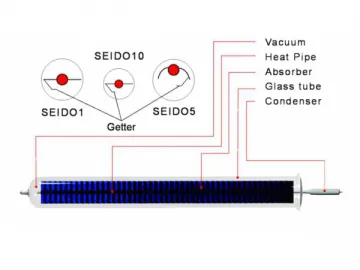
Related Names
Solar Collector | Tubular Solar Collector | Tubular Solar Heater | Vacuum Solar Heater
<!--[endif]-->
Links:https://www.globefindpro.com/products/46250.html
-
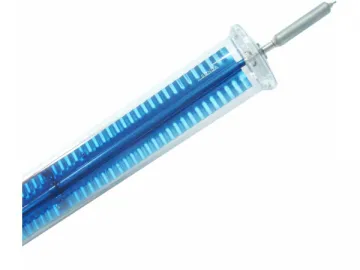 Evacuated Solar Heat Pipe Tube
Evacuated Solar Heat Pipe Tube
-
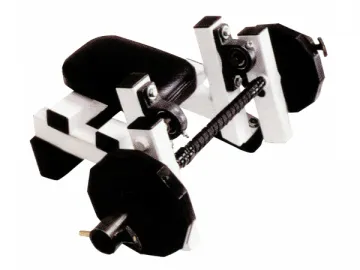 Forearm Curl Exercise Machine
Forearm Curl Exercise Machine
-
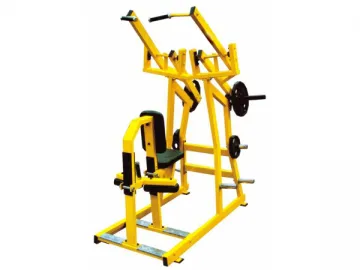 Iso-Lateral Front Lat Pulldown Machine
Iso-Lateral Front Lat Pulldown Machine
-
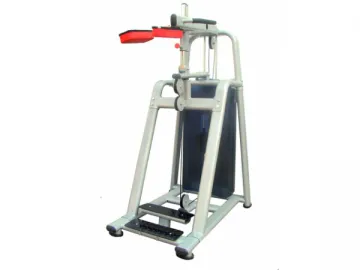 Standing Calf Raise Machine
Standing Calf Raise Machine
-
 Iso-Lateral Wide Pulldown Machine
Iso-Lateral Wide Pulldown Machine
-
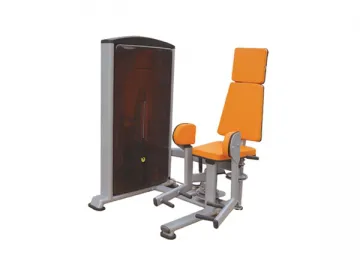 Outer Thigh Adductor Exercise Machine
Outer Thigh Adductor Exercise Machine
-
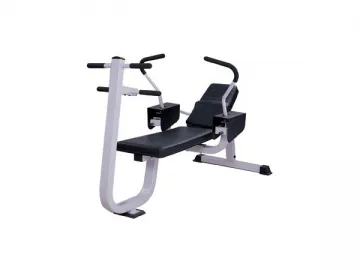 Abdominal Bench
Abdominal Bench
-
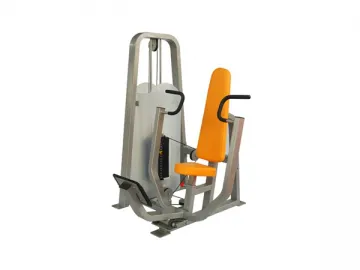 Chest Press
Chest Press
-
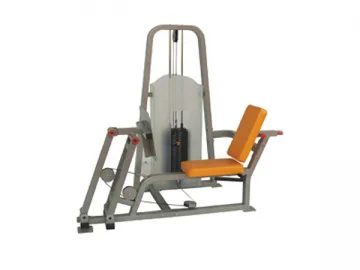 Seated Leg Press
Seated Leg Press
-
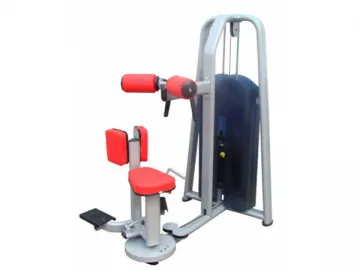 Rotary Torso Exercise Machine
Rotary Torso Exercise Machine
-
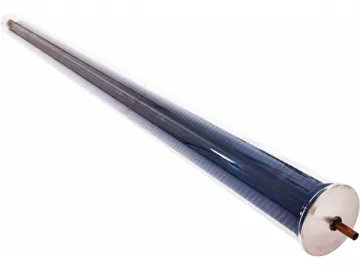 Direct Flow Solar Vacuum Tube
Direct Flow Solar Vacuum Tube
-
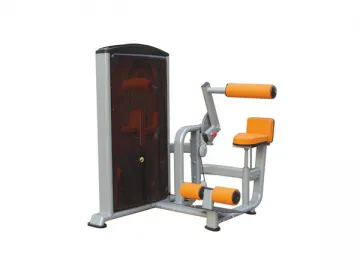 Back Extension Machine
Back Extension Machine
